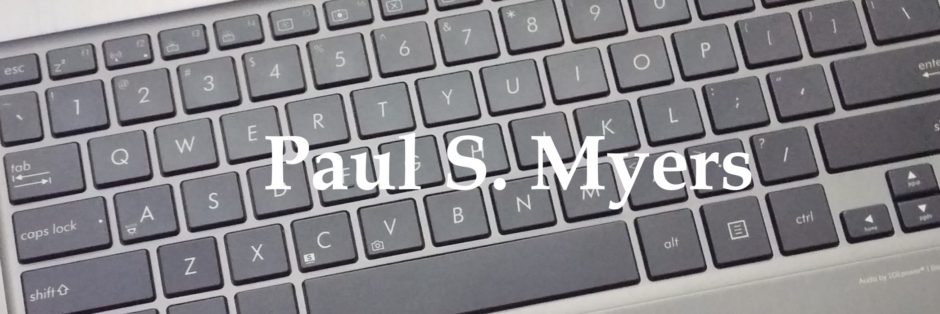Effective knowledge management (KM) requires effective collaboration since fundamentally it is about taking what is known by individuals and creating the potential for it to be known by others. Collaboration is a defining characteristic of team based work, and it is especially true for knowledge-intensive functions such as R&D, marketing and customer support.
Three Conditions for Effective Collaboration: A collaborative culture is most likely to emerge when the following three conditions exist:
- Trust, transparency and learning are valued
- Organizational roles, rules, and rewards support knowledge exchange and learning
- People have the skills, motivation and tools to work with others
Three Essential Values: Values are those core set of principles and beliefs that guide action. For effective knowledge management, trust, transparency, and learning are essential because they are integral to collaboration.
- Trust is the expectation that others will be benevolent, reliable, competent, honest and open. Interpersonal trust is distinct from an organizational climate that values it. In such a culture, people are expected to be trustworthy and to act with integrity. These can create a climate that reduces psychological barriers to collaboration, which is important for evaluating content and knowledge quality without the risk of creating resentments or bruised egos.
- Transparency most commonly is associated with a conscious, prudent effort to make timely, accurate and complete information available. It is an important component trust, for it can provide reassurance of candor, honesty and forthrightness of intention. A culture that encourages transparent communication can inspire new opportunities for collaboration because people can see who among them are working together and sharing. That can increase the sense of personal responsibility and accountability to others for doing the same.
- Learning requires being open to other perspectives. Strong KM capabilities are found in organizations where employees are encouraged to ask for assistance and to talk about their work with colleagues. Leaders demonstrate a commitment to the value of learning when they speak with a genuine interested in listening to what others say. By doing so they send the message that asking questions and being curious are important and even expected.
Structures & Processes Facilitate Collaboration: Context shapes behavior, and a leader’s role is to shape that context. The way authority is distributed, common patterns of interaction among employees, and the way human resources are managed all play a role in facilitating effective collaboration.
- Less hierarchy, more integration: Fewer rules about roles and boundaries gives employees more discretion in how work is done. This can increase motivation and feeling of responsibility for outcomes, the desire to solve problems and the amount of interaction with others. Decentralized decision-making facilitates experimentation and creativity, which are catalysts for knowledge creation. More integration across boundaries creates richer information flows, makes team knowledge more diverse, increases opportunities to learn from others and results in more valuable collaboration. Where dense networks of relationships emerge, norms of reciprocity trust can increase the volume and velocity of information sharing and create more opportunities for learning.
- Selecting and motivating people: Hiring criteria, performance management processes and reward systems are strong influences on collaboration and learning. Screening applicants for traits associated with cooperation and teamwork is an important starting point. Skills can be learned, but temperament is not generally open to significant modification. Adding metrics for collaboration to annual reviews, for instance by making it part of 360° feedback, can encourage employees to put more effort into collaborating effectively. The most powerful inventive, though, is social esteem – being well thought of and regarded as an expert. KM systems that include the names of contributors, incorporate a simple rating system for usefulness (that is, thumbs up, thumbs down) and provide public recognition for notable contributions can inspire continued collaboration by building an individual’s reputation and social capital.
Skills, Aptitudes, & Tools Enable Collaboration: People who know how to collaborate and have knowledge to share are key to effective collaboration. They also need tools that remove barriers to communication and facilitate knowledge sharing.
- Content related expertise and teaming skills: Competent people have credibility, so others are willing to exchange information and knowledge with them. To collaborate effectively people also need the ability to work with others. Interpersonal skills such as communication and conflict resolution help make discussions and joint activities more productive. A team also benefits when members are self aware and can reflect on their experience to identify what they know and have learned so it can be captured and applied.
- An Enabling IT infrastructure: To collaborate well, people need tools to help them communicate and digital workspaces to keep the results organized and accessible. A core KM resource is a repository of content that can be tagged, indexed, stored, retrieved and modified. The technology needs to have a user friendly interface, easy to use search, low redundancy of content, reliable connectivity, flexible presentation of output and adequate security. These aspects shape how people perceive the efficacy of the KM system and increase their willingness to exchange and use knowledge. The absence of a high quality IT infrastructure can decrease both the ability and the motivation to collaborate.
Bottom Line for Action: Three sets of factors increase the likelihood that a collaborative culture will develop and be a basis for KM effectiveness. The cultural climate should favor trust, transparency and learning. The organizational design must facilitate connections between individuals and the rich flow of information. Lastly, people need the appropriate aptitudes and capacities and the tools to help them communicate and work with others. In higher ed, the most difficult to achieve is probably values that align with KM effectiveness.




